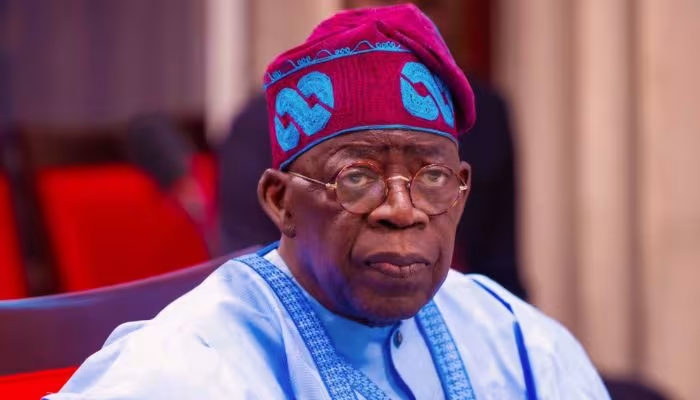According to DMO, Nigeria’s public debt reached N149.39 trillion in Q1 2025.
Nigeria’s overall public debt increased by N27.72 trillion, or 22.8%, year over year to N149.39 trillion as of March 31, 2025, from N121.67 trillion during the same period in 2024. Additionally, the most recent data from the Debt Management Office (DMO) shows a 3.3% quarterly increase from N144.67 trillion as of December 31, 2024, to N4.72 trillion.
Nigeria’s debt stock has been steadily increasing, which is a result of both new borrowings and the effect of a declining currency rate on external debt commitments. The increase coincides with growing revenue, persistent fiscal difficulties, and the country’s sustained reliance on borrowing from both domestic and foreign sources to finance its budget.

The increase in external debt to N70.63 trillion is mostly due to currency effects.
Nigeria’s external debt increased significantly from N56.02 trillion ($42.12 billion) in 2024 to N70.63 trillion ($45.98 billion) as of March 31, 2025.
This is a 26.1% rise, or N14.61 trillion, from the previous year. External debt increased slightly from N70.29 trillion in December 2024 to N344 billion, or 0.5%, in quarter-over-quarter terms.
The far faster increase in naira terms, however, underscores the underlying impact of foreign exchange devaluation on Nigeria’s external liabilities, even though the dollar-denominated debt increased by $3.86 billion annually.
In Q1 2024, N1,330.26 per US dollar was the official exchange rate utilized by the Central Bank of Nigeria (CBN) to convert debt. The widening disparity in naira terms indicates a weakening exchange rate, which immediately increases Nigeria’s payback obligations on its loans denominated in dollars and euros, even though the precise rate for Q1 2025 was not made public.
Borrowings from bilateral sources, commercial creditors like Eurobond investors, and multilateral organizations like the World Bank and the African Development Bank are all considered external debt obligations. As the value of the local currency continues to decline, the burden of repaying these loans in naira has increased. If currency stabilization efforts fail, this tendency may worsen.

Domestic debt is close to N79 trillion, fueled by new loans.
By the end of March 2025, Nigeria’s domestic debt had grown to N78.76 trillion ($51.26 billion), continuing its increasing trend.
This represents a 20% annual growth from N65.65 trillion ($49.35 billion) in March 2024 to N13.11 trillion. Domestic debt increased from N74.38 trillion in December 2024 to N4.38 trillion on a quarterly basis, or 5.9%.
Of this amount, N74.89 trillion was owned by the Federal Government alone, while N3.87 trillion was held jointly by the 36 states and the Federal Capital Territory (FCT). Interestingly, state-level domestic debt declined slightly from N3.97 trillion in Q4 2024 to N3.87 trillion by the end of March 2025, after peaking at N4.07 trillion in Q1 2024.
- The reduction reflects improved debt repayment efforts by subnational governments, largely supported by higher inflows from the Federation Account Allocation Committee (FAAC).
- Domestic borrowing typically consists of government securities such as Treasury Bills, FGN Bonds, Sukuk, and Green Bonds. These instruments are used to plug the country’s fiscal deficit and are generally seen as safer from exchange rate risk, although they come with their own interest cost burdens.
What you should know
As of the first quarter of 2025, the composition of the total public debt showed a near-even split, with domestic debt accounting for 52.7% and external debt making up 47.3%. This represents a slight shift from the structure recorded in March 2024, when domestic debt had a higher share of 54% while external debt stood at 46%.

The rising share of external debt — especially in naira terms — underlines the currency risk that Nigeria faces with continued reliance on foreign borrowing. At the same time, the consistent increase in domestic debt signals the government’s efforts to raise funds from the local capital market, despite concerns about high debt servicing costs and crowding out of private investment.
Nigeria’s public debt trajectory continues to raise questions about fiscal sustainability. With the total debt stock nearing the N150 trillion mark, concerns persist over the rising cost of debt servicing, which now consumes a significant share of the national budget.
Join Our Social Media Channels:
WhatsApp: NaijaEyes
Facebook: NaijaEyes
Twitter: NaijaEyes
Instagram: NaijaEyes
TikTok: NaijaEyes







































